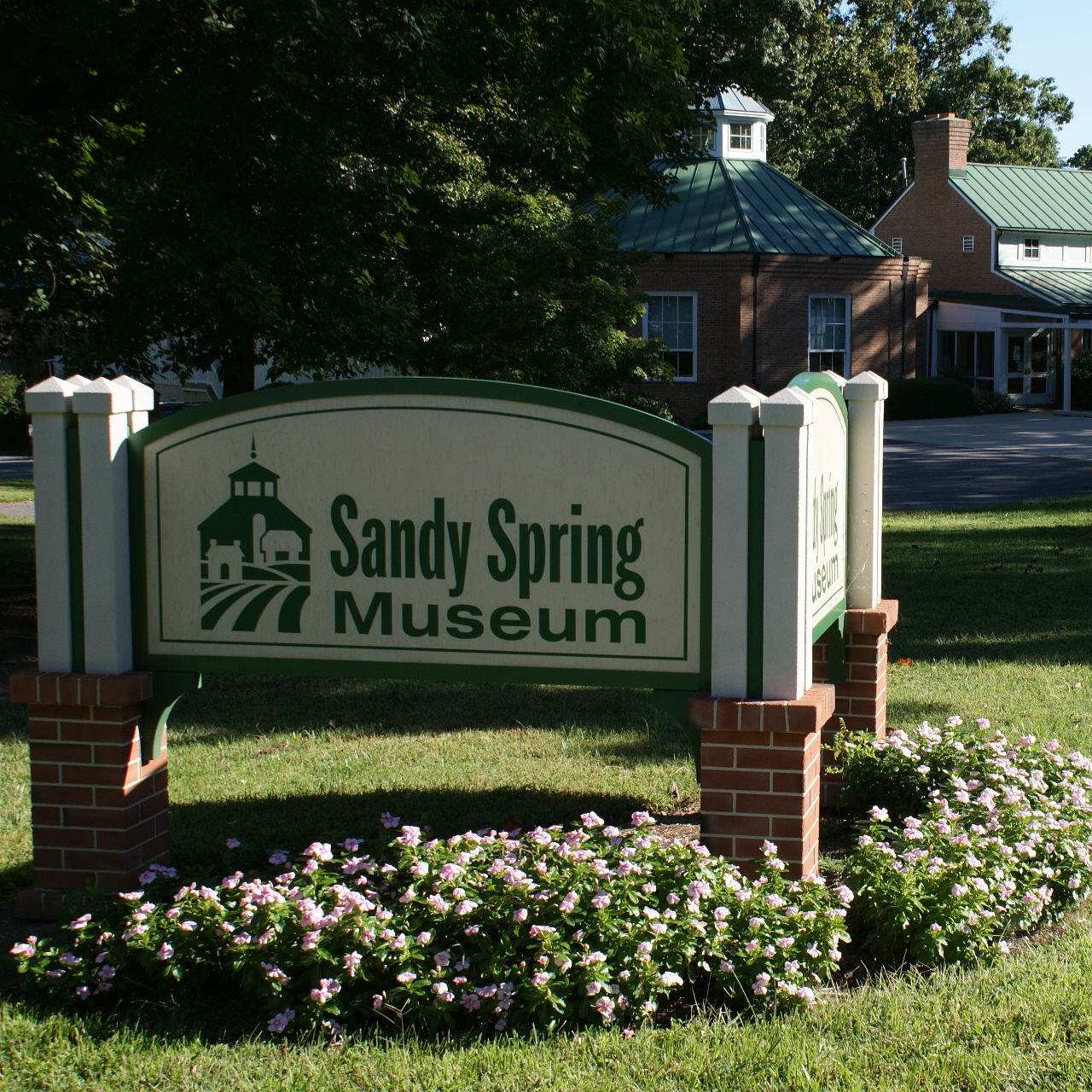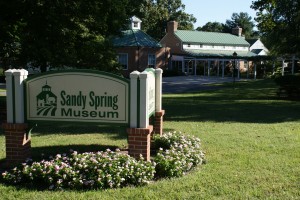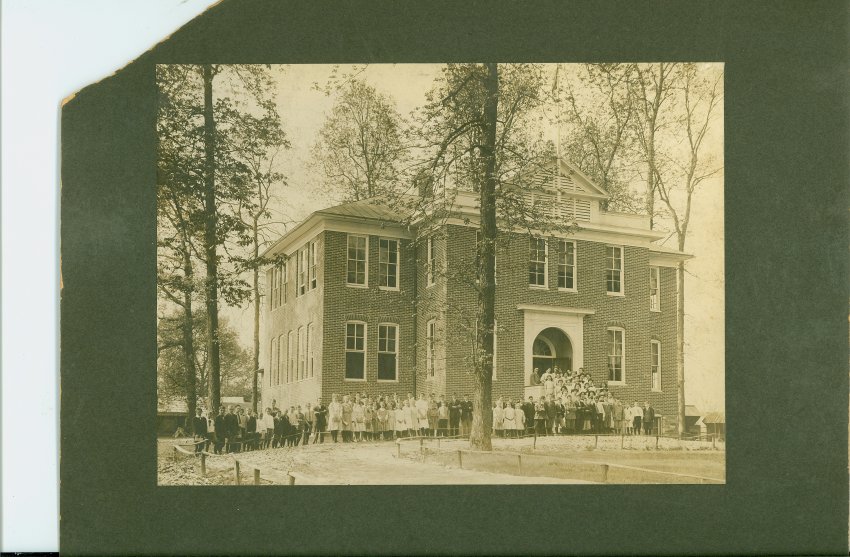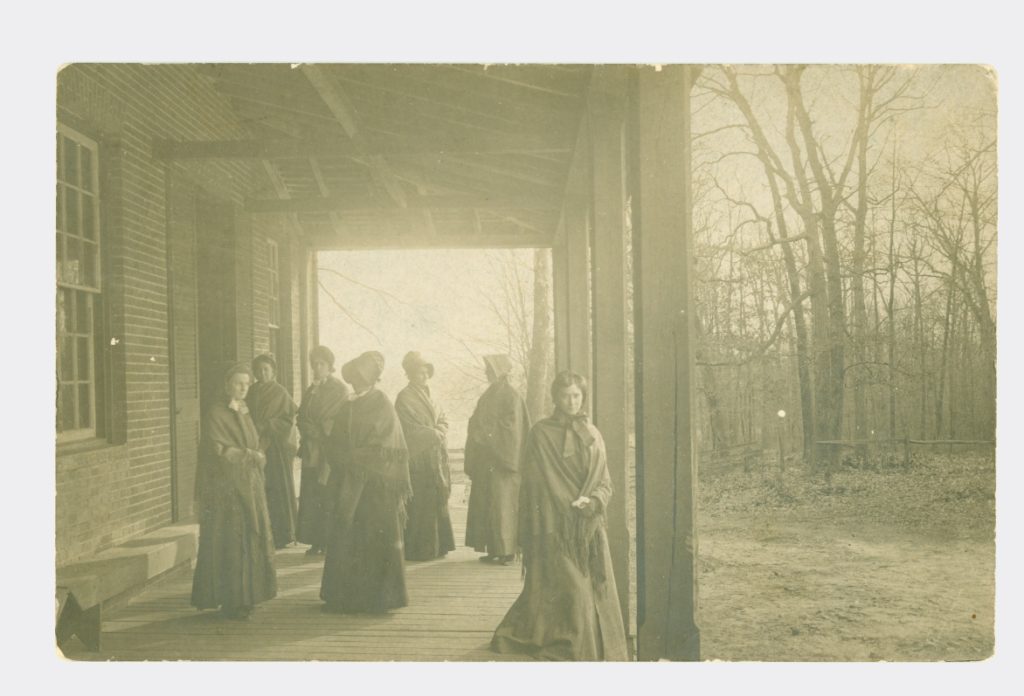
Sandy Spring Museum Plans to Digitize Documents with $200K Donation
Anonymous Donor Provides $200,000 to Sandy Spring Museum
An anonymous donor gifted $200,000 to Sandy Spring Museum for the purposes of digitizing its historical archives. The museum, which was established in 1980 to preserve the village of Sandy Spring history and culture, has a rich collection of diaries, ledgers, personal correspondence, photos and other primary source material, documenting more than 200 years of the area’s history.
“This donation came as a surprise to us. It’s such a generous act on the part of the donor because it will enable anyone with a computer to have access to every original document in the museum’s archives. Aside from capital gifts, this is the largest donation in the museum’s history,” says Allison Weiss, Sandy Spring Museum Director.
In addition to the museum’s strength in historic Quaker materials, some of its most cherished holdings are the complete assemblage of meeting minutes for the community’s many social clubs, some of which are the oldest, continually-meeting clubs of their kind in the United States. The museum’s archives contains minutes from the Enterprise Club, which is the oldest agricultural society in the country, the Women’s Mutual Improvement Society founded in 1857, the Neighbors Club founded in 1897, and the Wednesday Club founded in 1904. Because these clubs are still meeting, the archives are always evolving. It is often the practice of the clubs to consult their records held in the museum’s collection so that minutes from precisely one hundred years ago can be shared during present-day meetings.
Also of note is a robust collection of late 18th and early 19th century correspondence including many items penned by Benjamin Hallowell, founder of what became the University of Maryland; holdings from Montgomery General Hospital (today’s MedStar Montgomery), the first rural hospital established in the United States; manumission papers documenting the release of enslaved people; Quaker wedding contracts, and many other items of local, regional and national significance.
The primary reasons for an archive to digitize its holdings are to provide broad access to their collection and to preserve the original items so they are not handled excessively. Although the process is called “digitization,” scanning the individual items is only a small part of the process. The bulk of the work is inventorying the collection, developing consistent and interoperable metadata and assigning these standardized, searchable terms so that each item can be found and accessed by researchers and laypeople through shared content sites such as Digital Maryland.
It is estimated that the project will take two years to complete. Once completed, the museum will be in a position to easily digitize all new items donated to the archives. Most importantly the entire archival collection will be accessible to anyone with a computer, from anywhere in the world.
Three original photographs from the museum’s archives courtesy Sandy Spring Museum:




Engage us on Facebook
Follow us on Twitter
Tweets by @mymcmedia